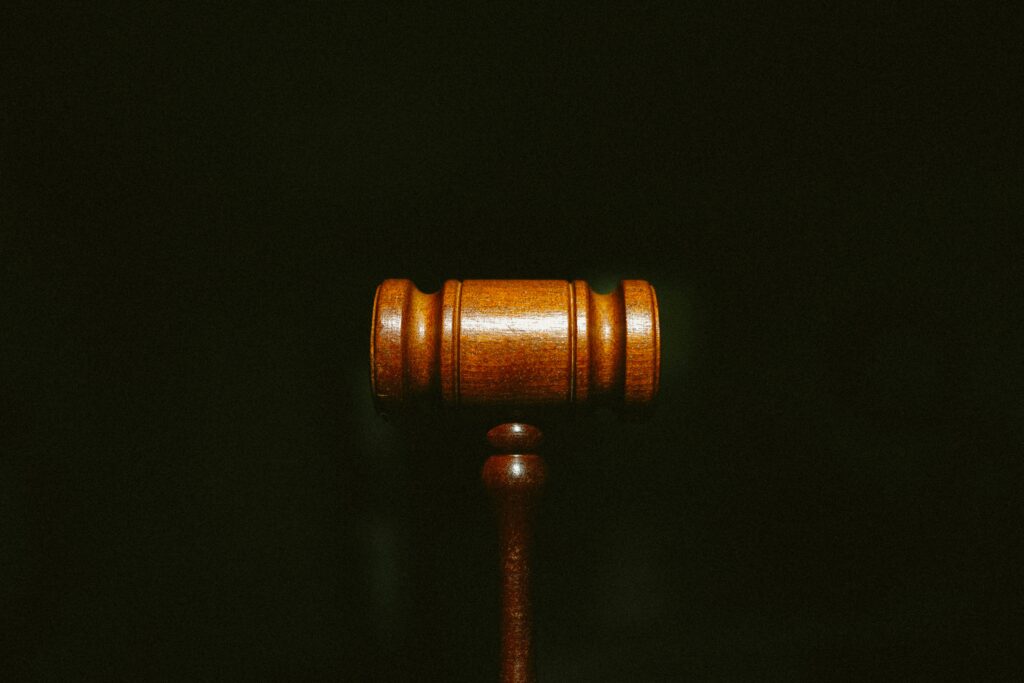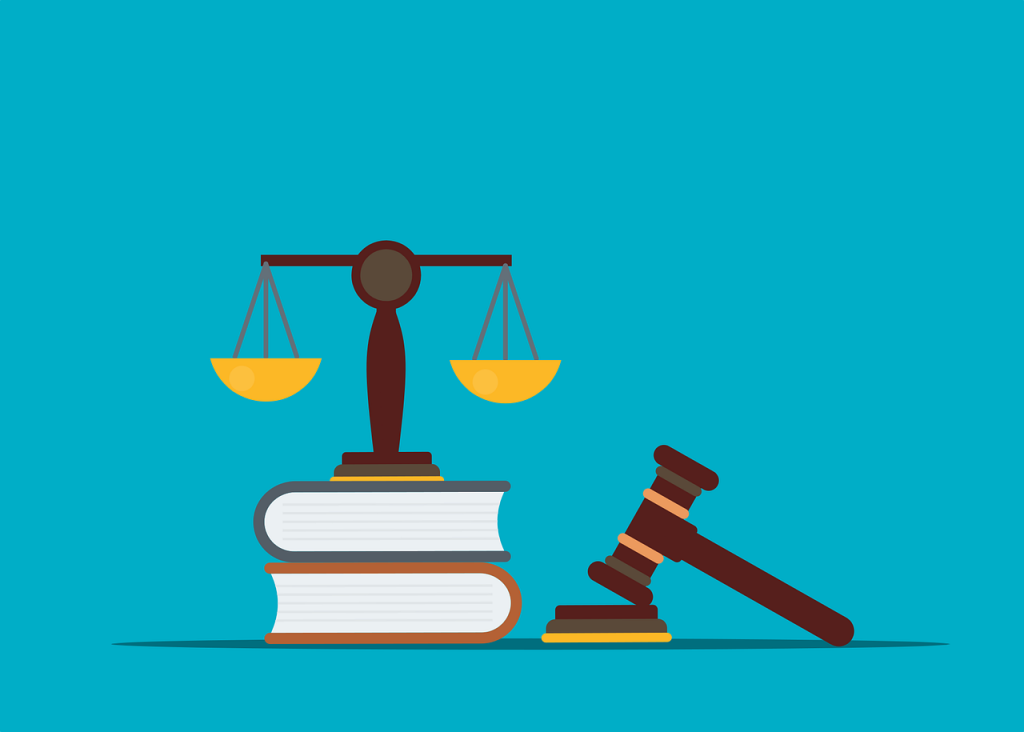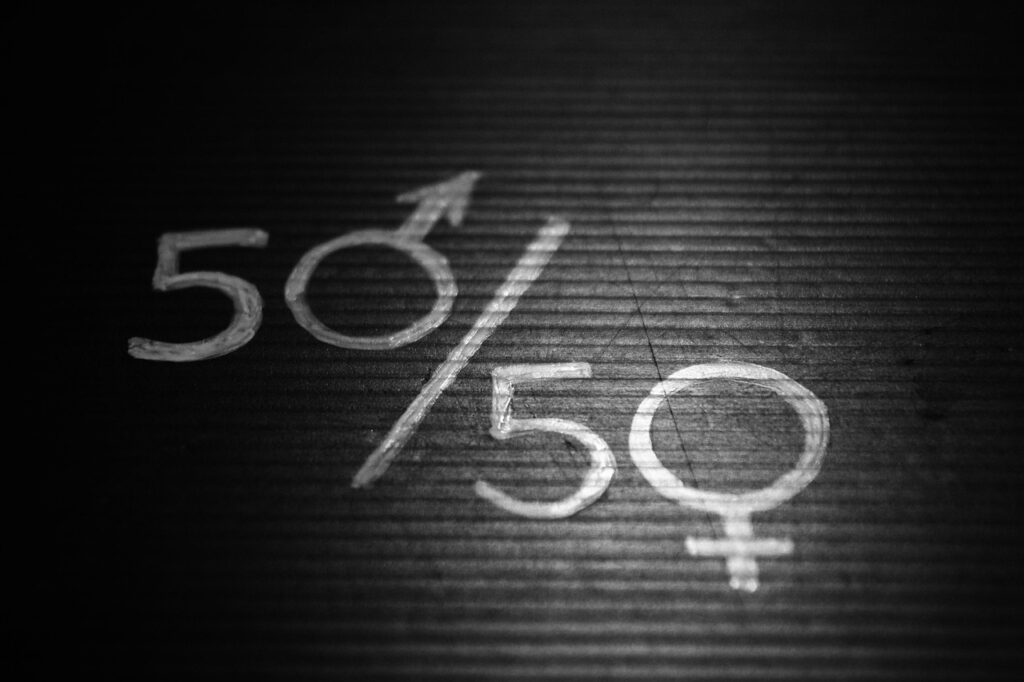Published On: 13th August, 2024
INTRODUCTION:
¶Public Interest Litigation, also known as PIL, stands out as a top-notch and potent tool in the realm of Indian law. Its importance cannot be overstated when it comes to upholding and advancing human rights. The old-school way of legal proceedings, marked by strict rules and limited entry, often fell short of serving the needs of underprivileged and at-risk groups. PIL changes the game, shifting the court’s approach to one that allows broader involvement and empowers judicial bodies to tackle community-wide issues that impact rights.
¶PIL differs from normal lawsuits because it allows more people to raise legal, not just those directly involved. The courts now accept petitions from anyone concerned about problems others can’t address, allowing citizens to approach courts to redress public grievances. Since its inception in the 1970s, PIL has been employed to advocate for various human rights, including the rights to education, healthcare, and environmental protection. Hence, it allows public-spirited citizens to approach the courts on behalf of individuals or groups who are socially or economically disadvantaged and unable to seek relief themselves. PIL has played a crucial role in safeguarding and promoting human rights in the country. Public interest litigation is the power given to the public by courts through judicial activism. However, the person filing the petition must prove to the satisfaction of the court that the petition is being filed for the public interest and not just as a frivolous litigation by a busybody.[1]
EVOLUTION OF PIL IN INDIA:
¶The term Public Interest Litigation (PIL) was first coined in the United States during the mid-1980s. Over the years, various movements in the country have played a role in promoting public interest law, which was a key part of the legal aid movement that began back in the nineteenth century.[2] The very first legal aid office was established in New York way back in 1876. Fast forward to the 1960s, and the PIL movement started to gain support from the office of Economic Opportunity. This newfound financial backing incentivized lawyers and individuals with a sense of public duty to take on cases involving the underprivileged. They fought against threats to the environment, public health issues, consumer exploitation, and injustices faced by vulnerable populations.[3]
¶The origins of PIL in India can be traced back to the 1970s and 1980s, an era marked by profound social and political shifts. The Indian judiciary, particularly the Supreme Court, saw the shortcomings of traditional legal processes in addressing prevalent social injustices and decided to take a proactive stand to make justice more accessible. Legal luminaries like Justice P.N. Bhagwati and Justice V.R. Krishna Iyer played pivotal roles in this evolution, championing the judiciary’s duty as a defender of public interests and safeguarder of fundamental rights.
¶One key aspect of PIL was expanding locus standi, the right to bring a case to court. In the past, only those directly affected could file a lawsuit. But Justices Bhagwati and Iyer broadened this scope to allow any concerned individual or organization to petition on behalf of those unable to seek legal redress independently. This shift was groundbreaking as it opened up judicial access, empowering courts to address matters of public concern affecting vast populations.
IMPORTANCE OF PIL IN INDIA:
¶Public Interest Litigation (PIL) has become a vital of the Indian judicial system serving as a key player in upholding constitutional rights and advocating for social justice. Its impact is far-reaching, influencing various sectors of society and governance. Let’s delve into the significant contributions and implications of PIL in India.
- Firstly, PIL has democratized access to justice by breaking down barriers for marginalized. Unlike traditional legal processes that demand direct involvement in a case, PIL allows any concerned individual or organization to file petitions on behalf of those unable to represent themselves. This inclusive approach empowers citizens to collectively address injustices and amplify the voices of the voiceless.
- Secondly, PIL enables judicial activism in championing public interest and ensuring social justice. Courts leverage PIL to tackle systemic issues and enforce fundamental constitutional rights. By issuing directives to other branches of government, the judiciary drives policy changes and reforms, especially in critical areas like environmental protection, human rights, and anti-corruption efforts.[4]
- Moreover, PIL plays a pivotal role in protecting and expanding fundamental rights by interpreting them in new ways. Landmark judgments in PIL cases not only reinforce existing rights but also uncover novel dimensions. For example, Article 21’s right to life now extends to encompass clean surroundings, education access, and dignified living conditions. Such interpretations bolster fundamental rights protections for all citizens.
- Additionally, PIL sheds light on systemic issues plaguing society by bringing forth cases on bonded labor, child labor, custodial violence, and environmental harm. The judiciary’s intervention through PIL prompts significant legal reforms that benefit millions and contribute to societal progress.
- Furthermore, by scrutinizing executive and legislative actions through PIL interventions, the judiciary enhances governance accountability and transparency. Any government policies conflicting with constitutional principles or public interests can be challenged via PIL. This oversight acts as a safeguard against arbitrary state actions while promoting good governance principles.[5]
- What’s more is that many crucial legal and policy reforms owe their existence to PIL initiatives in India. The Vishaka Guidelines against workplace harassment, the Right to Education Act implementation, and stricter environmental standards trace their origins back to PIL cases forcing governmental action towards citizen rights protection.
- Lastly, through high-profile cases garnishing media attention, PIL encourages public awareness on social issues fostering citizen participation in legal processes. This heightened awareness fuels informed citizenship basis committed towards accountability measures within society. In essence, Public Interest Litigation serves as a cornerstone for legal advocacy ensuring the protection of citizen rights while driving socio-political transformations towards a more equitable society.
PROCEDURE OF FILING AN PIL:
1. First, carefully decide if you want to file a case.
2. Talk to all involved groups who could support you.
3. Take caution when filing because:
- Legal action can cost a lot of money.
- Legal action can take up a lot of time.
- Legal action might weaken community decision-making.
- A negative outcome could harm the movement’s strength.
- Legal matters can shift focus from real community issues.
4. If you’re committed to the cause:
- Gather all necessary information.
- Be thorough in collecting details for your case, including keeping photo negatives and getting sworn statements from photographers. Save receipts.
- Clearly state your demands in writing to relevant authorities.
- Keep organized records.
- Seek legal advice on where to file the case.
- Hire a skilled lawyer or seek advice if handling it yourself.
- A PIL can only be filed by a registered organization; if unregistered, file in the name of a member or officer personally.
- You may need to send a legal notice before filing against government entities, at least two months before taking action.”
LANDMARK CASES:
¶The development of Public Interest Litigation (PIL) can be traced back to various key cases that established precedents and outlined the extent of judicial involvement in public interest issues.
- In the case of Hussainara Khatoon v. State of Bihar [6], the dire conditions faced by undertrial prisoners who had been imprisoned for extended without trial were brought to attention. The Supreme Court’s intervention in the freedom of numerous undertrial prisoners emphasized the right to a speedy trial as a fundamental entitlement under Article 21 of the Constitution.[7]
- In P. Gupta v. Union of India [8], also referred to as the Judges’ Transfer case, it was established that any individual from the public acting in good faith and with adequate interest could approach the court to address a public injustice or enforce a public duty. This case reinforced the concept that the judiciary could be accessed to protect public welfare.
- The Bandhua Mukti Morcha v. Union of India [9]case played a crucial role in tackling bonded labor in India. The Supreme Court took Suo motu notice based on a letter from a social activist, transforming it into a PIL. The court’s instructions resulted in the identification, liberation, and rehabilitation of numerous bonded laborers nationwide.
CHALLENGES FACED:
¶The evolution of Public Interest Litigation (PIL) in India, despite its significant impact, has faced challenges and criticisms. PIL has indeed played a crucial role in promoting social and protecting human rights. However, various issues have arisen over time, sparking on its effectiveness and potential misuse. One major criticism of PIL is the concern for judicial overreach. The proactive stance of the Indian judiciary has at times been seen as encroaching on the territories of the executive and legislature. This raises questions about the separation of powers and key democratic governance principles.[10]
¶Judicial Overreach happens when courts take on roles traditionally handled by the executive or legislative branches. While judicial activism can bring positive social change, excessive interference in policy matters can lead to tensions between government branches. Critics argue that such interference could undermine the authority of the executive and legislative branches, potentially disturbing the balance of power and causing governance issues. The liberalization of locus standi in PIL has resulted in a rise in filed petitions; however, this has also opened doors to frivolous and politically motivated PILs.[11] These cases involve individuals or groups filing petitions not out of genuine public interest but to serve personal, political, or commercial purposes. The judiciary faces the challenging task of balancing genuine public interest promotion through PIL while preventing its abuse. This entails distinguishing between petitions genuinely addressing public grievances and those with ulterior motives. The difficulty lies in maintaining PIL’s accessibility as a social justice tool while ensuring it is not misused.
¶While landmark judgments can be passed and directives issued through PIL by the judiciary, implementing these orders remains a significant challenge. Bureaucratic inertia, lack of political will, and inadequate resources can impede effective enforcement of court orders. This situation may result in favorable judgments without reaching intended benefits to affected populations, thus limiting PIL’s impact.
FUTURE OF PIL:
¶The future of public interest litigation (PIL) in advocating for human rights holds tremendous potential. Various steps can be taken to boost its efficacy:
- Consider imposing stricter criteria for admitting PIL cases to sift through unnecessary petitions and concentrate on vital public concerns.
- Enhance the implementation of court orders by establishing strong mechanisms, thereby amplifying the influence of PIL verdicts.
- Empower marginalized communities by spreading awareness about PIL and legal rights, enabling them to pursue judicial remedies effectively.
CONCLUSION:
¶In conclusion, Public Interest Litigation (PIL) in India has emerged as a powerful tool for advancing human rights and ensuring justice for all. Visionary judges like Justice P.N. Bhagwati and Justice V.R. Krishna Iyer have played a crucial role in shaping PIL as an effective mechanism for addressing social injustices. The democratization of access to justice, judicial activism, and the broad interpretation of fundamental rights highlights the significant impact of PIL in the Indian legal system. Despite its successes, PIL faces various challenges. Judicial overreach, frivolous petitions, and difficulties in implementing court orders pose obstacles to its effectiveness. Balancing accessibility with preventing misuse of PIL presents a delicate balance for the judiciary. Moreover, ensuring that court decisions result in tangible benefits for marginalized communities remains a persistent challenge that requires strong enforcement mechanisms and political support.
¶Looking ahead, the future of PIL in human rights advocacy in India shows promise. By refining case admission criteria, enhancing order implementation, and empowering marginalized groups through legal awareness, PIL’s effectiveness can be maximized. As a key component of legal advocacy, PIL must adapt and grow to create a fairer society where justice is not just available but also achievable. With these improvements, PIL can continue to inspire positive change and drive socio-political progress in India.
[1] Public Interest Litigation (last visited 7th July 2024), < https://www.drishtiias.com/to-the-points/Paper2/public-interest-litigation>
[2] Public Interest Litigation (PIL), (last visited 6th July 2024), < https://www.nextias.com/blog/public-interest-litigation/>
[3] Ankushsaraf, Public Interest Litigation: Genesis and Evolution (last visited 7th July 2024), <https://www.legalserviceindia.com/legal/article-542-public-interest-litigation-genesis-and-evolution.html>
[4] Mayashree Acharya, What is Public Interest Litigation and What is Its Importance? (last visited 6th July 2024), < https://cleartax.in/s/public-interest-litigation >
[5] Public Interest Litigation, Supra note 1, at 1
[6] Hussainara Khatoon v. State of Bihar 1979 AIR 1369
[7] India Const. art. 21
[8] S.P. Gupta v. Union of India 365, 1981 SCC
[9]Bandhua Mukti Morcha v. Union of India, AIR 1984 SC 802
[10] Geetanjali Jha, Problems facing Public Interest Litigation in India (last visited 6th July 2024) <https://www.legalservicesindia.com/articles/pil_ind.htm >
[11] Public Interest Litigation (PIL) in India – Indian Polity Notes, (last visited 6th July 2024) <https://byjus.com/free-ias-prep/public-interest-litigation-pil/ >




